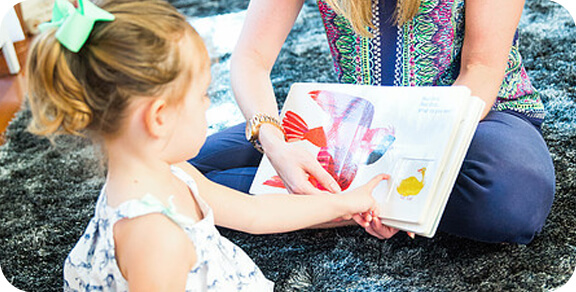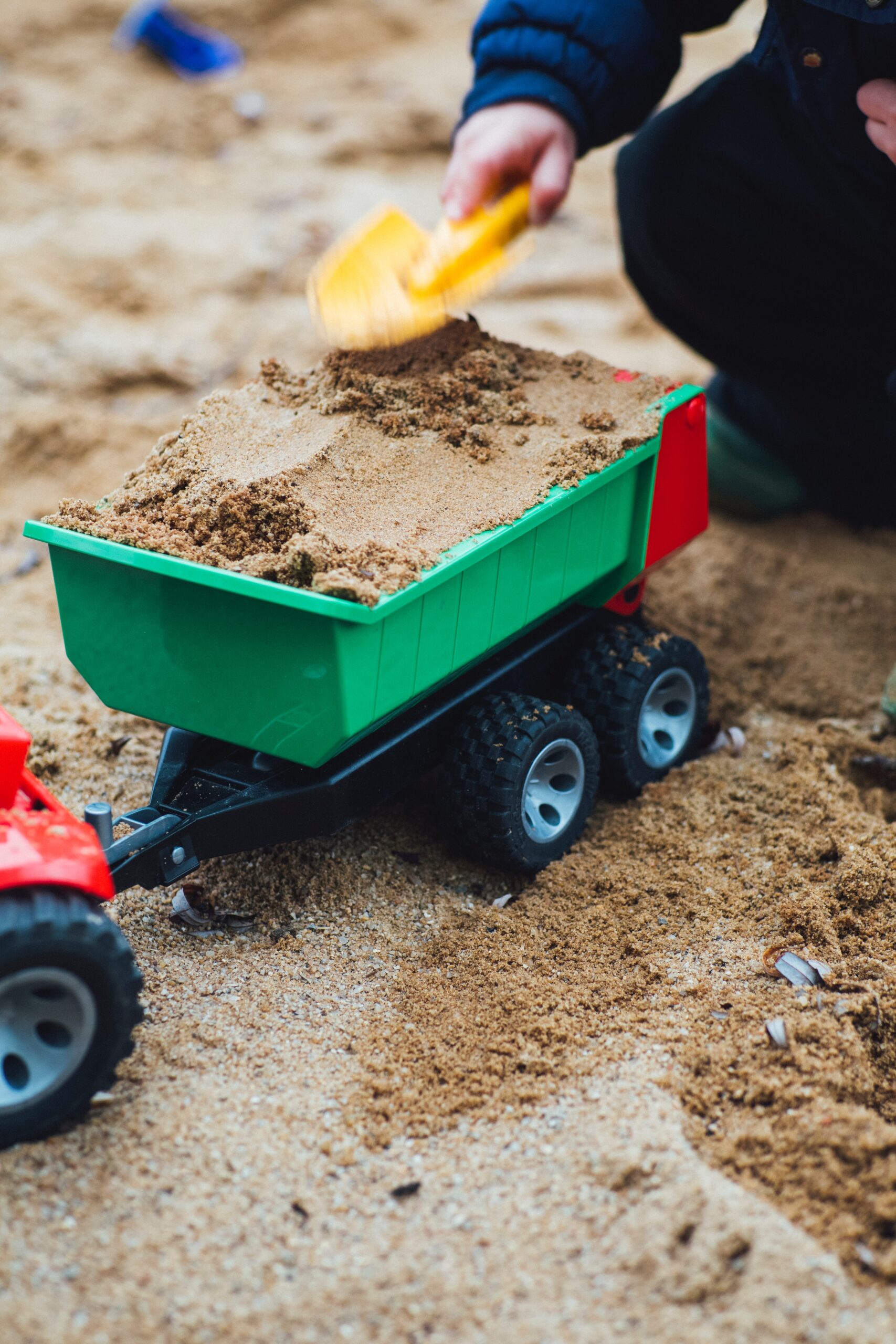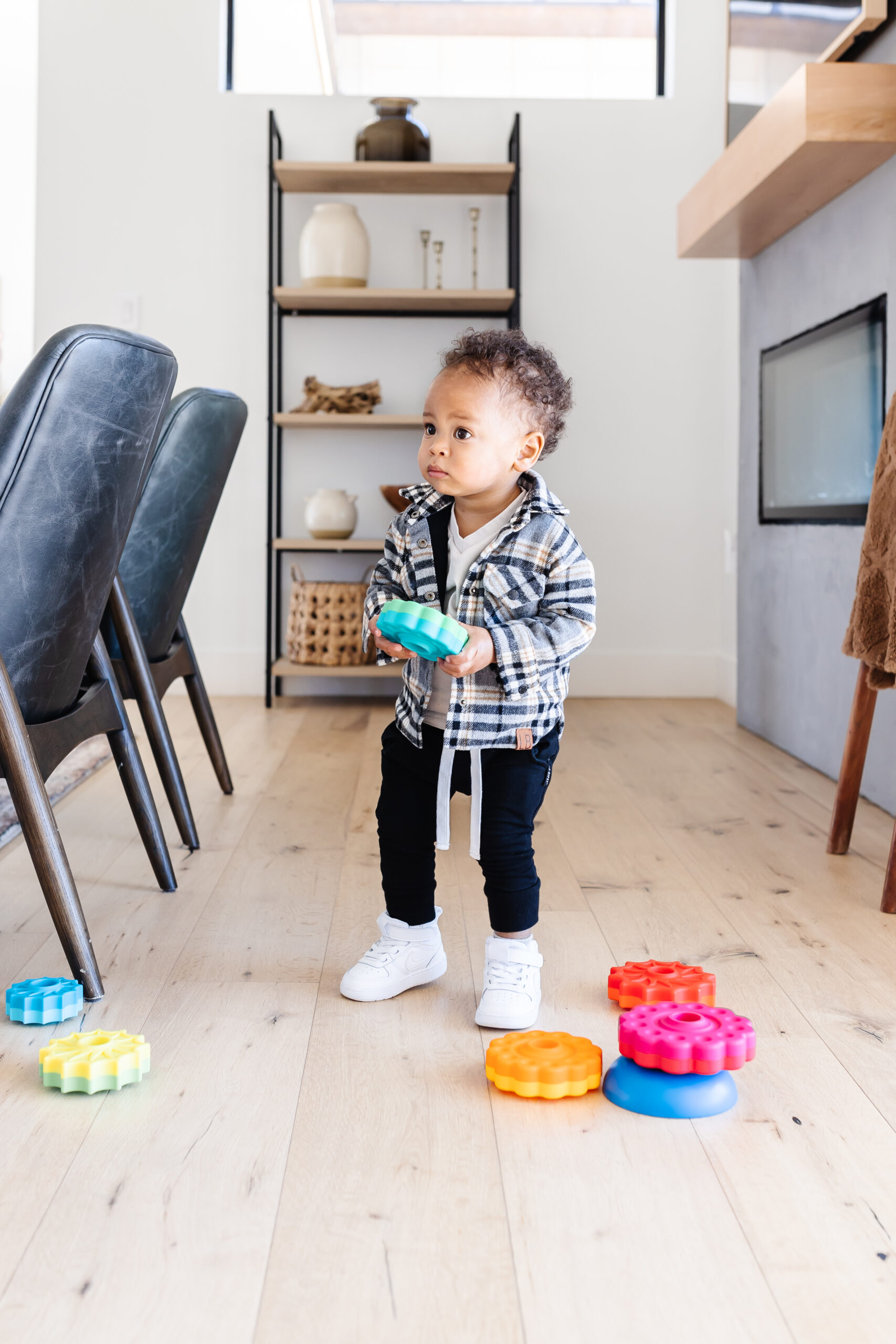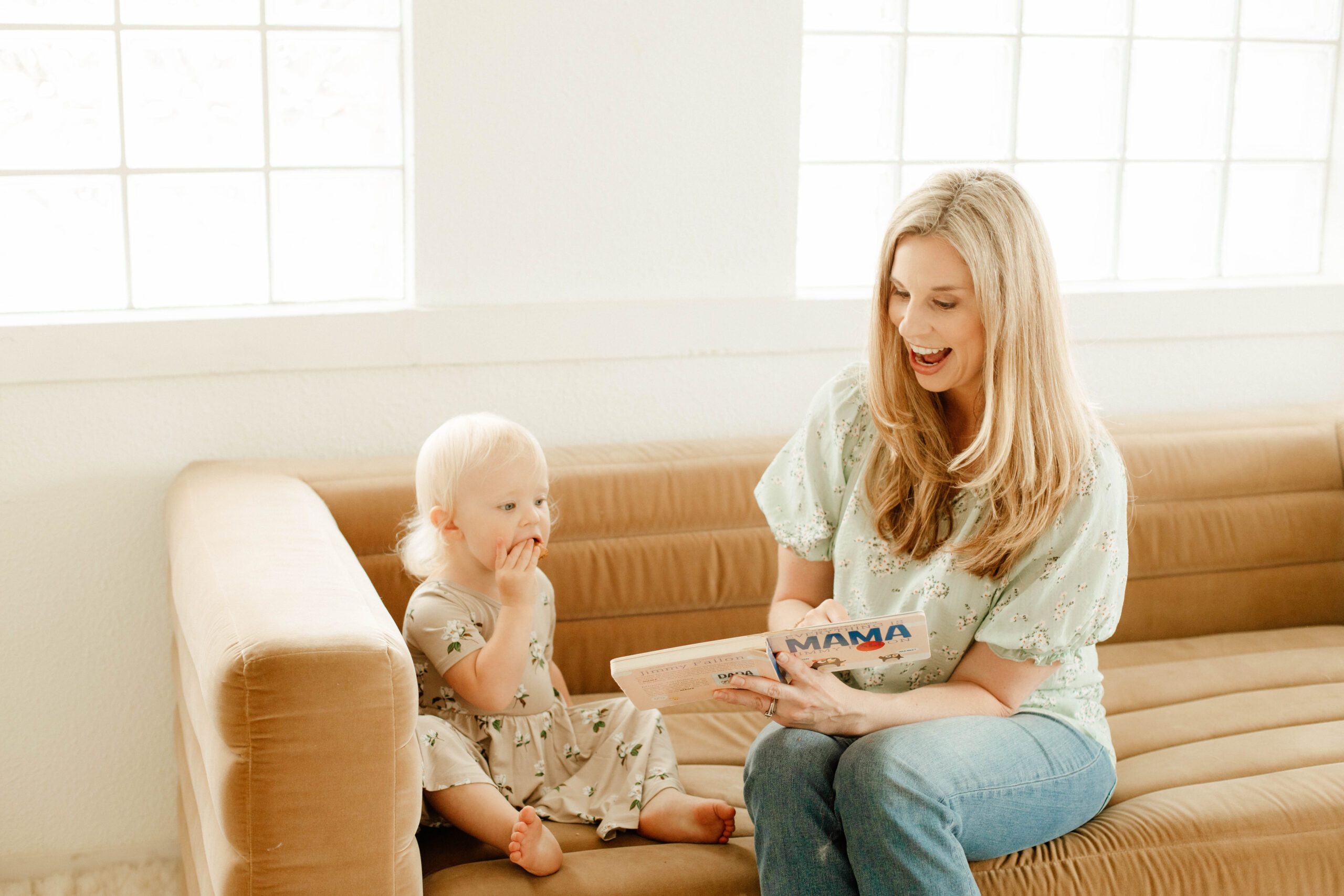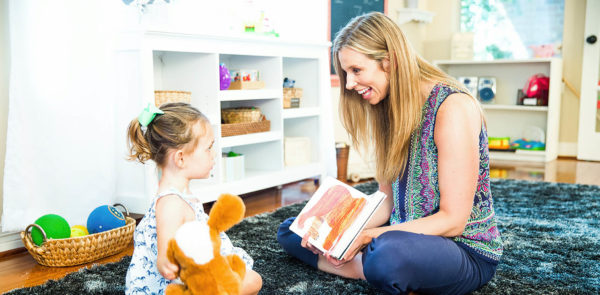
Snuggling up with your toddler and sharing a book is a great way to help him or her learn and develop language. The earlier you begin reading to your child, the sooner reading will become an enjoyable part of his or her life. When you share books with your child, you are helping their language develop and their mind grow. Children are able to learn about new situations and places they have never seen before. As young children learn and start to acquire language, they learn through repetition. Books are wonderful because they always stay the same. This repetition makes learning new words and ideas easier for your child. Your toddler will develop his or her interest in books, practice interpersonal interaction, learn some interesting new words, and most importantly, have fun! In this post, I’ll share with you how to use book reading for language development:
- Allow your child to choose the book: Your child is more likely to be interested in a book they choose. Young children often choose the same books over and over and that’s okay! Books that are great for young children include:
- Repetitive Books (ex: Brown Bear, Brown Bear)
- Board Books (thick, sturdy books with pages that are easy to turn)
- Books with colorful, realistic photos
- Short, simple stories
- Interactive Books (flaps to open, tabs to pull, etc.)
- Get face to face: Although this may be difficult at first, face to face time with your child allows for you and child to connect more easily and share the moment. When both of you can hear and see each other, you can understand each other’s messages better. Finally, it is easier to encourage your child to communicate when you are face to face.
- Let your child “read” the book their own way: Children get the most out of reading when they are actively engaged in the story. Allow your child to hold the book and turn the pages. Although we may be tempted to read the book the way it’s “supposed” to be read, allow your child to read the book “their” way. Allow them to spend more time on the pages they are interested. Label and talk about the pictures they are interested in or point to. Remember, books do not always have to start at the beginning. It’s okay to skip pages and change words.
- Give your child opportunities to communicate: Books are meant to be shared together. Allow your child to point out or talk about what interests them in the book.
- Go slow: Tell the story at a slower pace and incorporate pauses. This will make it easier to understand.
- Use sound effects: Children enjoy sounds that are fun to hear and make. These include “environment sounds” (“Vroom” and “Beep Beep”), animals sounds, and fun sounds (“Uh-oh” and “Wheee”).
- Show your child what words are: Point to words as you talk about them. If your child points at a picture, talk about it while pointing to the same picture.
- Make your own books: A picture book about a special event or about your child’s favorite things/people is a great way to for you and your child to talk about things that are important to him or her. Your child can participate in creating the book, making it extra special!
Endnotes: Pepper & Weitzman (2004) It Takes Two to Talk: A Practical Guide for Parents of Children with Language Delays. Toronto: Hanen Centre Publication.
http://www.hanen.org
